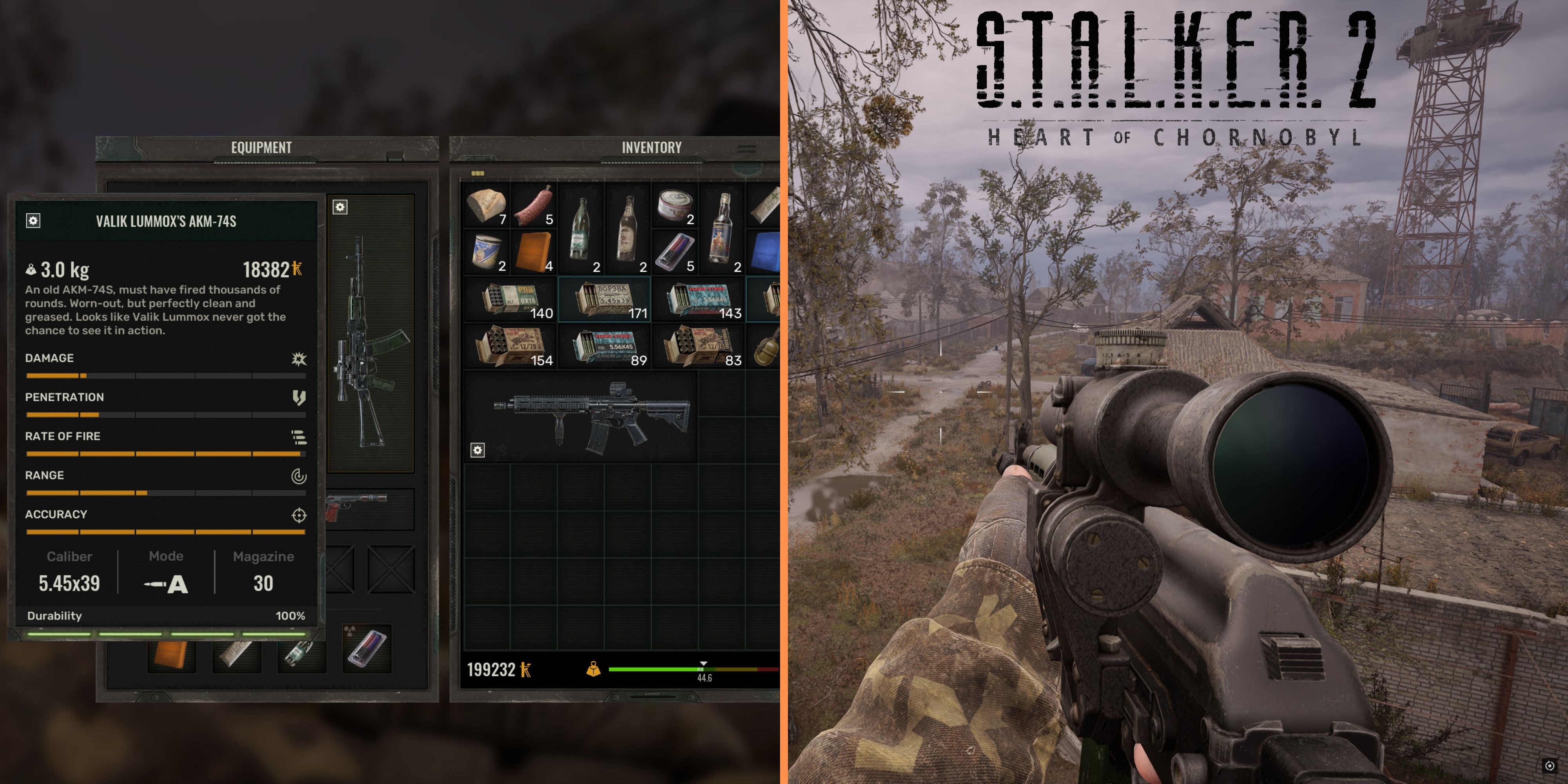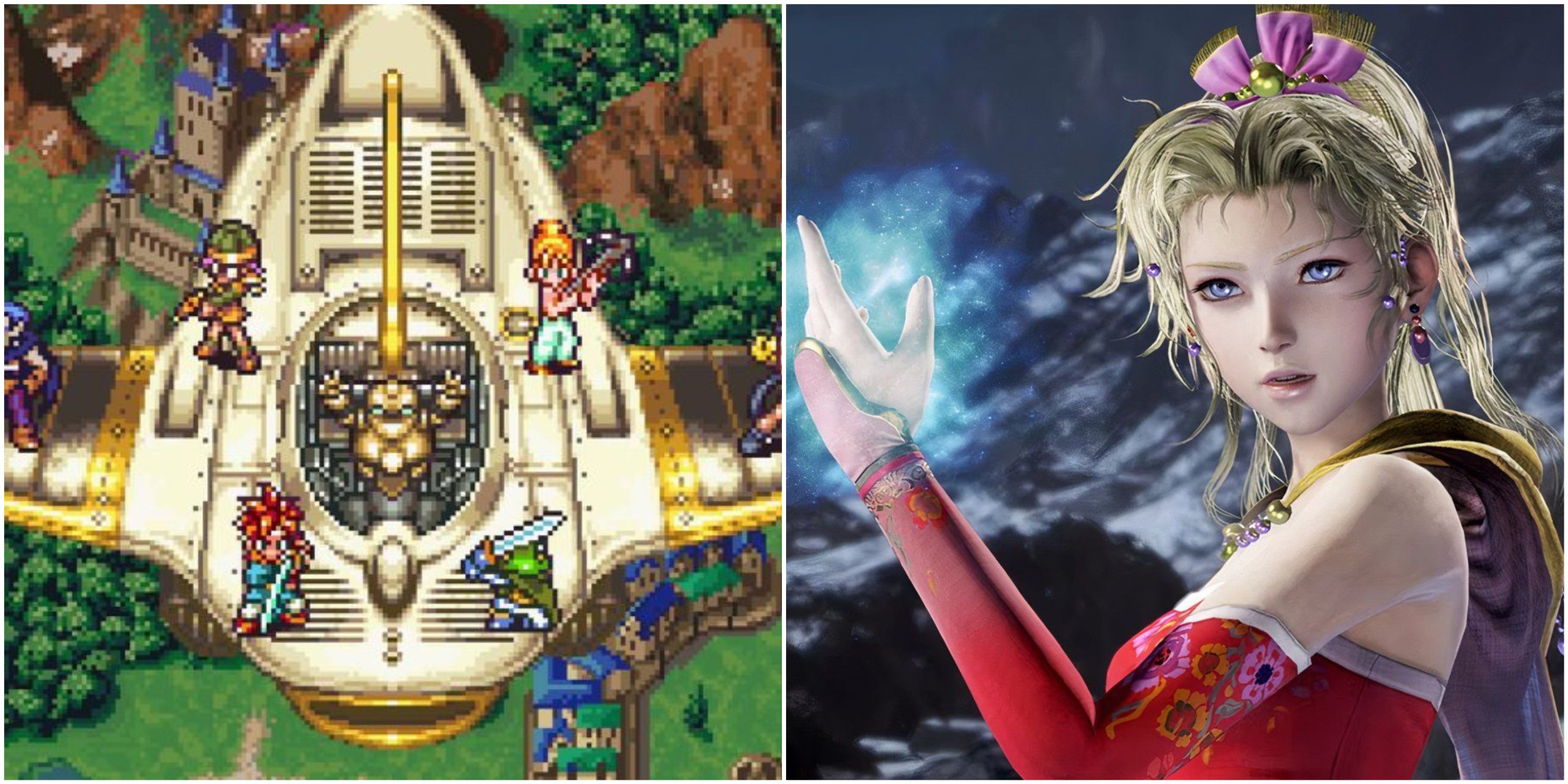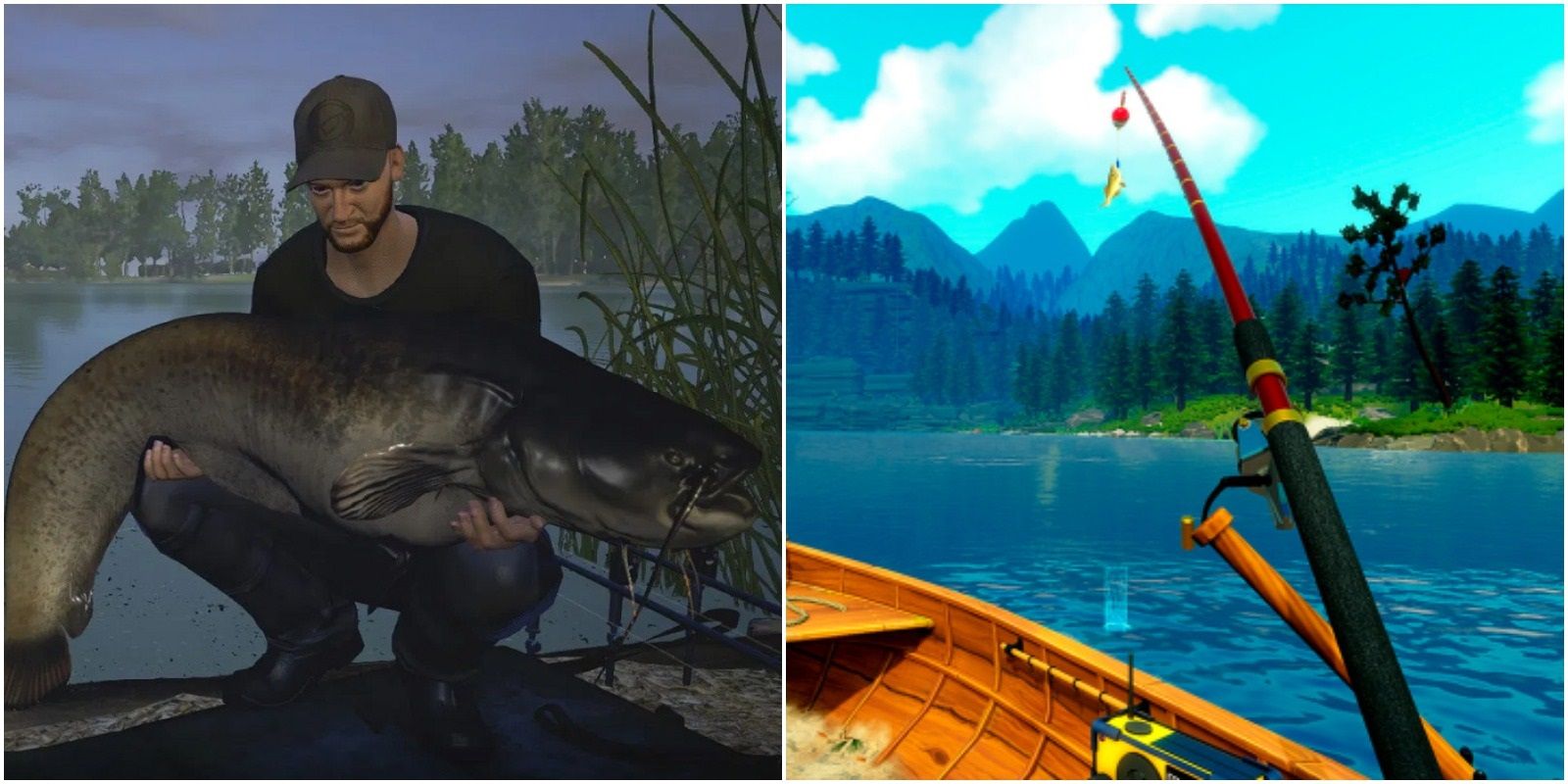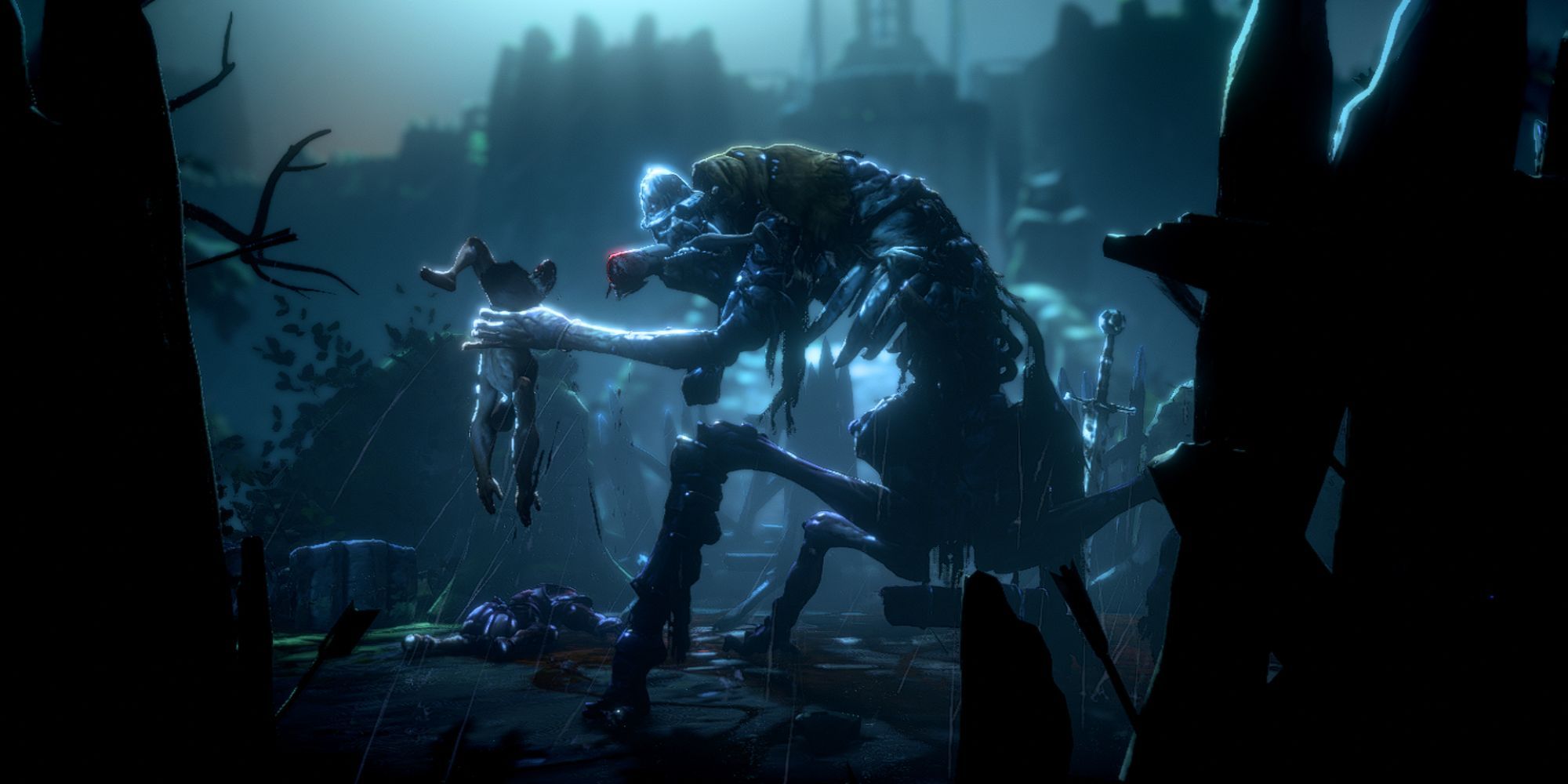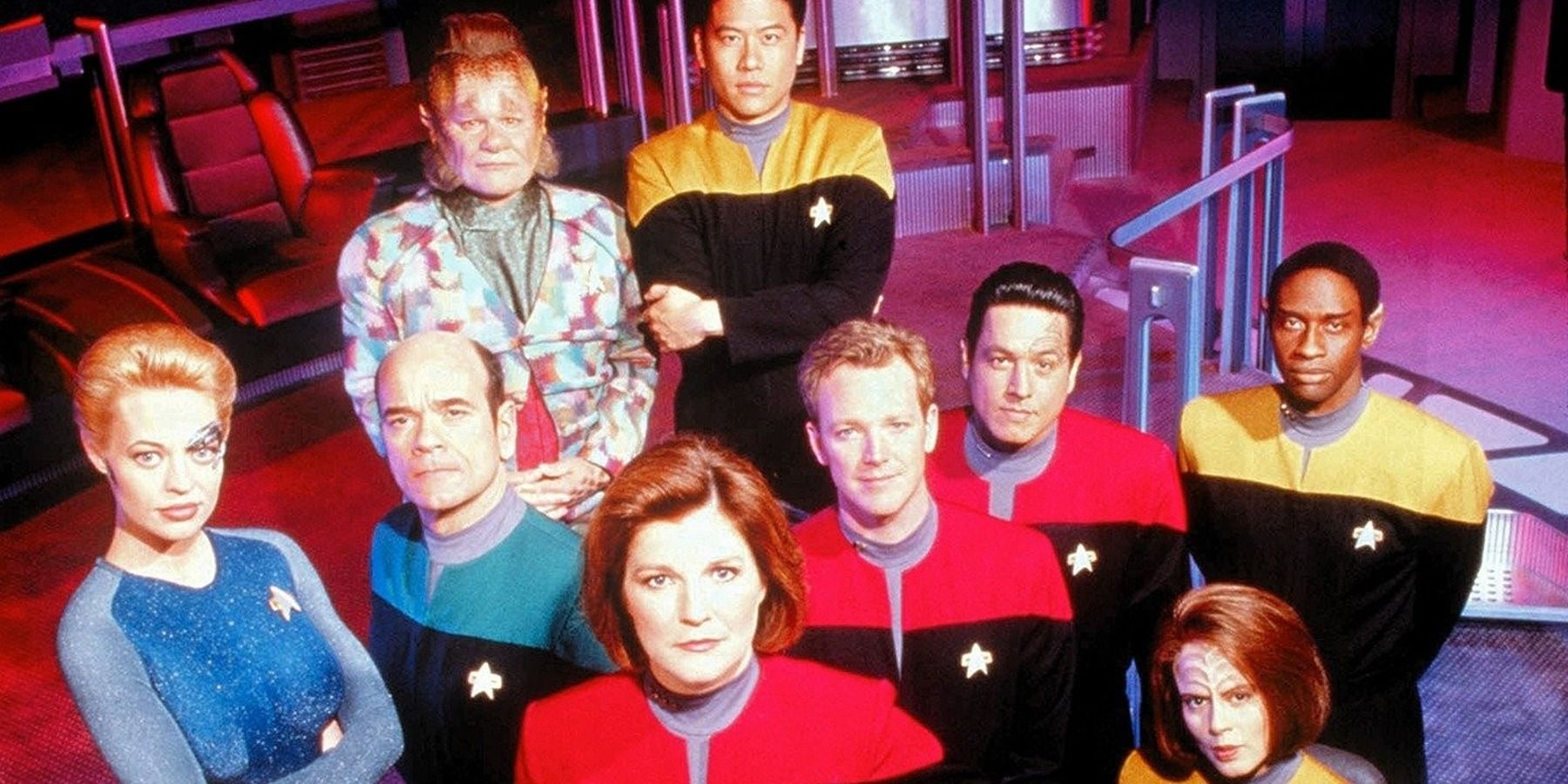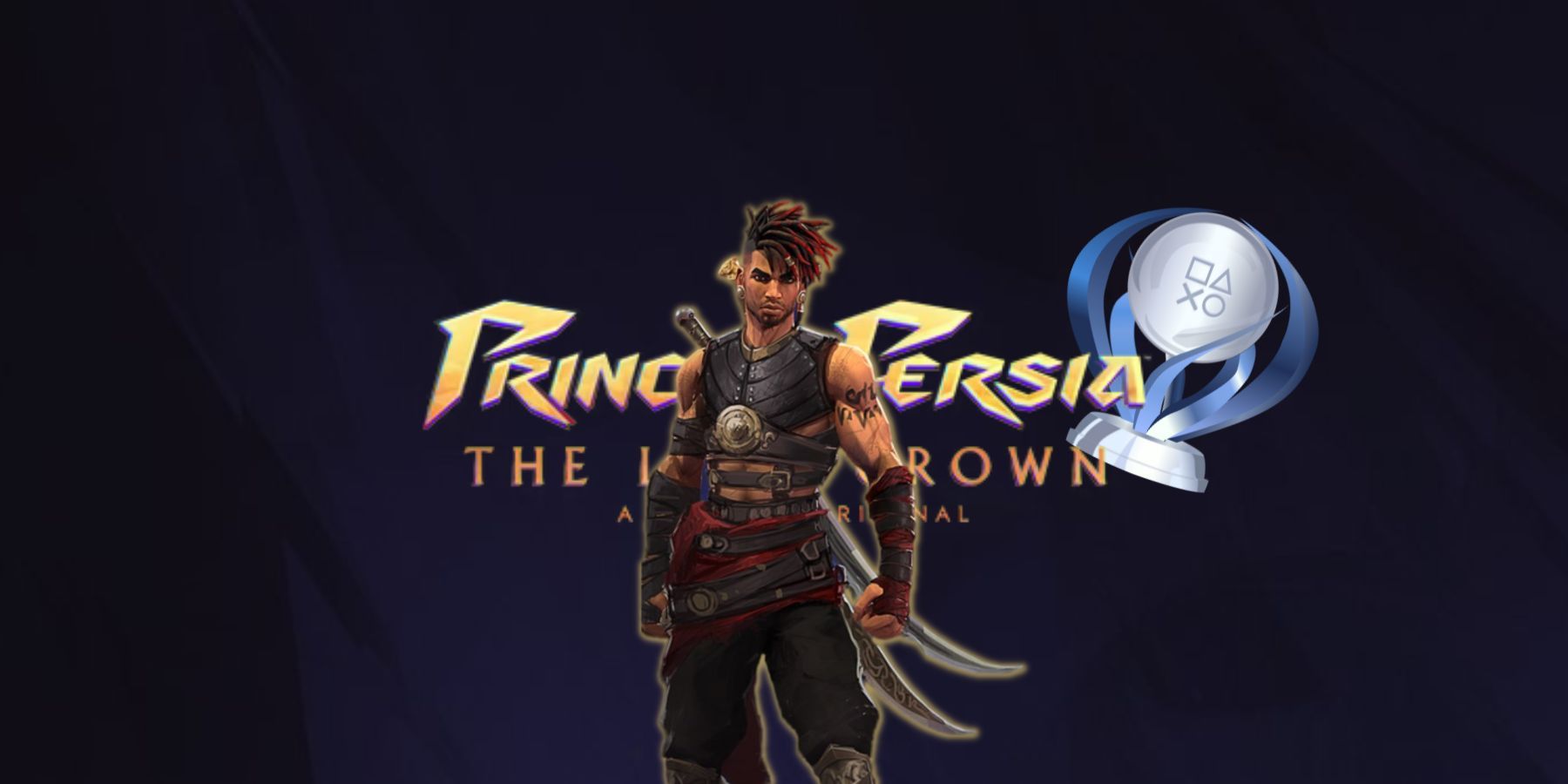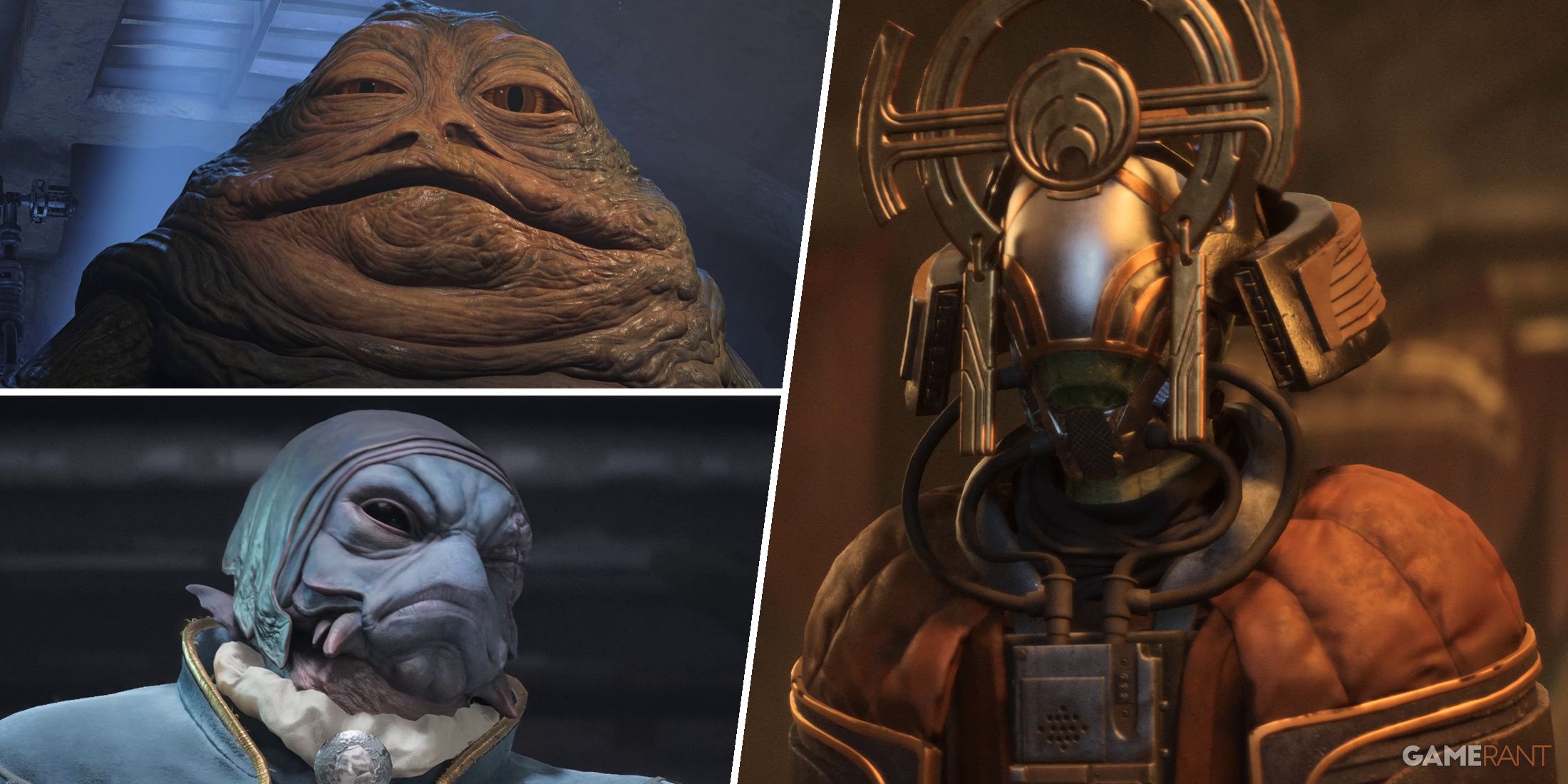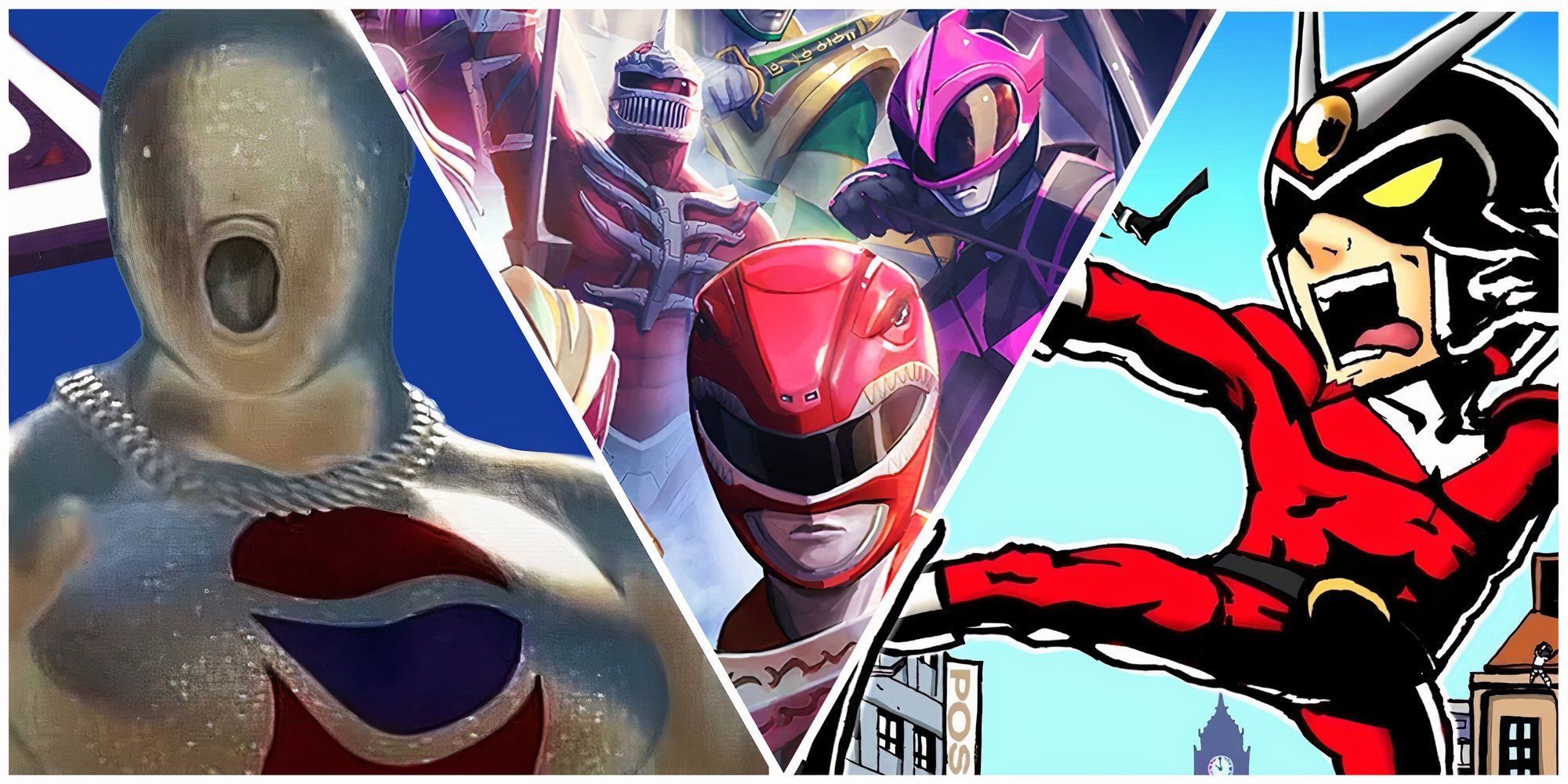Key Takeaways
- Lufia 2: A captivating narrative with godlike foes built up throughout, making it one of the greatest sequels ever made.
- Live A Live: Uniquely structured narrative with seven scenarios set in different timelines, offering a fresh take on JRPG storytelling.
- EarthBound: An anti-JRPG with a group of friends facing an alien embodiment of evil, providing a grand adventure with charming writing.
The Super Nintendo is one of the greatest home consoles of all time that further established Nintendo as a powerhouse in the gaming industry. Their efforts to reverse the harmful effects of the gaming crash single-handedly saved the industry, and the SNES carried forward this momentum while also enticing other competitors to engage in a console war with them.
Many genres flourished on the Super Nintendo, with side-scrolling platformers dominating the console. However, one has to commend JRPGs for making their presence known here, making the most of this title’s hardware advancements to develop timeless JRPGs with incredible pixel art that looks astounding. There are many great JRPGs on the SNES with brilliant stories that will stick with fans long after they’re finished with the epic adventures they can jump into.
5 Lufia 2: Rise Of The Sinistrals
The Fight Against The Sinistrals Makes For An Epic Narrative
It’s a crying shame that Lufia 2 does not get the love and attention it deserves. It may look a tad too generous at first glance for most people to get into, but the captivating setting and brilliant writing of this game help it stand out as one of the greatest sequels ever made. The game’s biggest achievement is including conflicts against godlike beings that don’t come from nowhere and are slowly built up throughout the title’s compelling narrative, which is something that a lot of other games in the genre can learn from.
Players control Maxim, a young boy with the power to defeat the four godlike beings known as Sinistrals, who threaten to take over the world for their diabolical purposes. It’s a simple yet engrossing adventure that makes for some of its generic trappings. Any fan of classic JRPGs owes it to themselves to experience Lufia 2‘s solid narrative for themselves.
4 Live A Live
An Ambitious Narrative That Takes Place Across Different Time Periods
A lot of JRPG narratives tend to be static and feature rigid structures that most fans are familiar with. This isn’t necessarily a bad thing, but fans would appreciate games that experiment with their storylines and let them enjoy something unique. Such is the case with Live A Live, a game that never made it out of Japan before a remake lets players enjoy one of the most unique SNES JRPGs with a fresh coat of paint and an ambitious narrative structure.
Players can choose one of seven scenarios set in different timelines, where a hero fights against all the odds to defeat an antagonist whose name always incorporates the moniker “Odio.” It turns out that this malignant being is a fallen knight who becomes the Lord of Dark and terrorizes people across different timelines. The seven protagonists are summoned by this Lord to his tainted kingdom, where they must either band together and beat this imposing foe or fall to his blade, depending on which character players choose to control in the final chapter.
3 EarthBound
An Anti-JRPG Where A Group Of Friends Embark On An Adventure To Beat Giygas
The fact that EarthBound inspired games like Undertale and Omori should make it clear why this title deserves all the praise in the world. In an era where every JRPG featured earth-shattering consequences and fights with godlike beings, EarthBound established itself as an anti-JRPG focusing on a group of friends who just want to have fun, only for their plans to be upended by an alien embodiment of evil that strives to destroy all life on Earth.
This sends players on an adventure that feels grand despite the many regular enemies and locations that they traverse in their journey. Collecting eight different melodies in a Sound Stone before traveling back in time to defeat Giygas is made all the more riveting with the game’s charming writing. What cements this game as one of the greatest boss fights of all time is the final boss fight itself, packing a ton of lore into an epic encounter that can scare players out of their wits.
2 Final Fantasy 6
A Riveting Story Propelled By An Antagonist Who Manages To Plunge The World Into Ruin
Many people consider Final Fantasy 6 to be the greatest mainline entry in the series, which speaks volumes when it comes to the title’s quality. Squaresoft had become masters of developing JRPGs at this point, realizing that they had a lot of time to spare during Final Fantasy 6‘s development. Instead of sitting on their laurels, the developer went all out and expanded the scope of this game, adding two overworlds and incredible non-linear storytelling that still feels like a massive achievement.
The ensemble cast structure means that every character gets their time in the spotlight (barring a few exceptions), and fans can’t stop marveling at Kefka’s allure as a villain. This mad jester betrays everyone around him, embodying a perfect Chaotic Evil energy as he brings the world to ruin and ascends to godhood. Bringing everyone together after this apocalyptic event to make a final stand makes for one of the most epic conclusions to a Final Fantasy game with a rich and rewarding narrative.
1 Chrono Trigger
A Tightly-Paced Story That Is Simply Unputdownable
There aren’t enough flowery words to describe the sheer magic players felt when they played through Chrono Trigger for the first time. The dream team of Hironobu Sakaguchi, Yuji Horii, and Akira Toriyama combined their efforts along with several other high-profile members at SquareSoft to develop a generational JRPG that is still considered to be the gold standard of what this genre is capable of. It’s a testament to Chrono Trigger‘s entertaining writing and stellar pacing that it houses one of the greatest narratives told in a video game despite its use of a silent protagonist.
Traveling through time and trying to stop Lavos with help from party members across different timelines makes this adventure feel as epic as ever, and it helps that the game gives players total freedom by letting them take on Lavos whenever they wish. The ending of this game differs based on when this planet-rending parasite is killed, further adding to the allure of this game’s masterfully crafted story.
